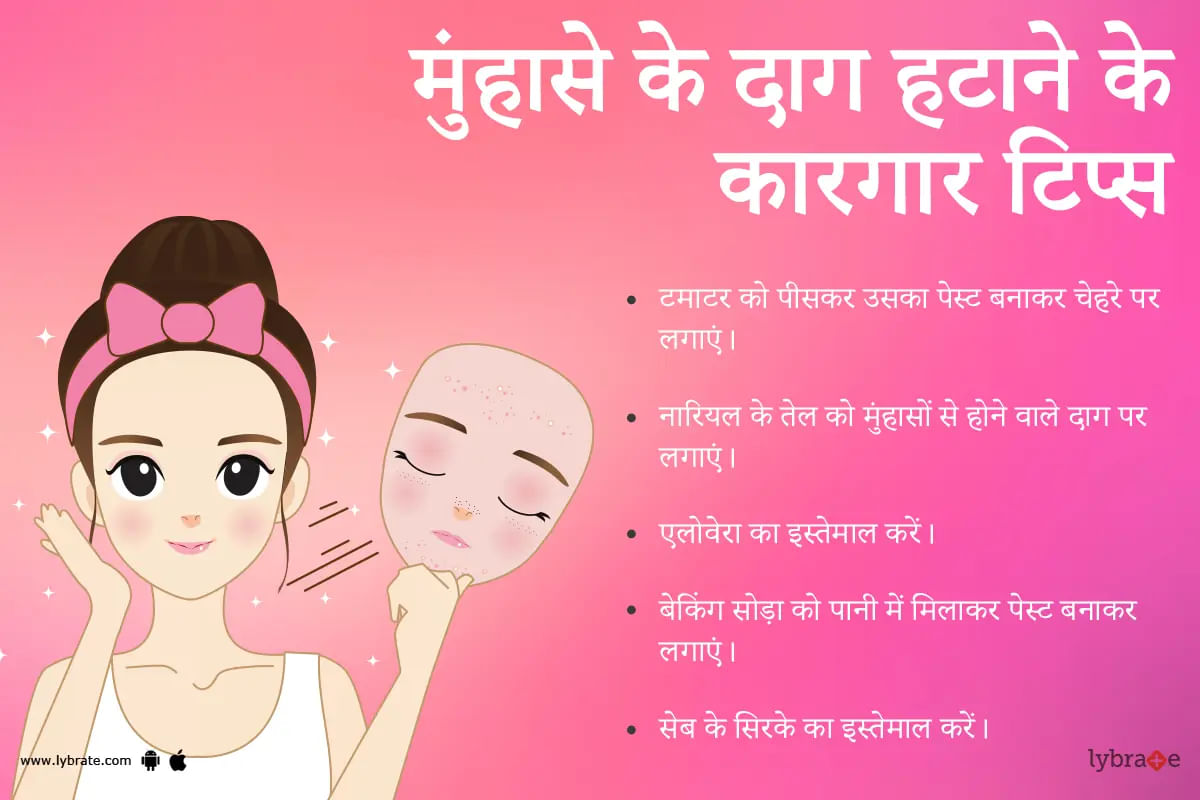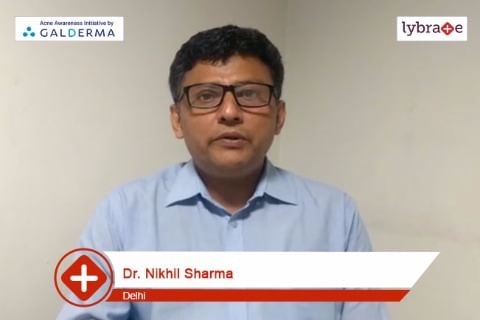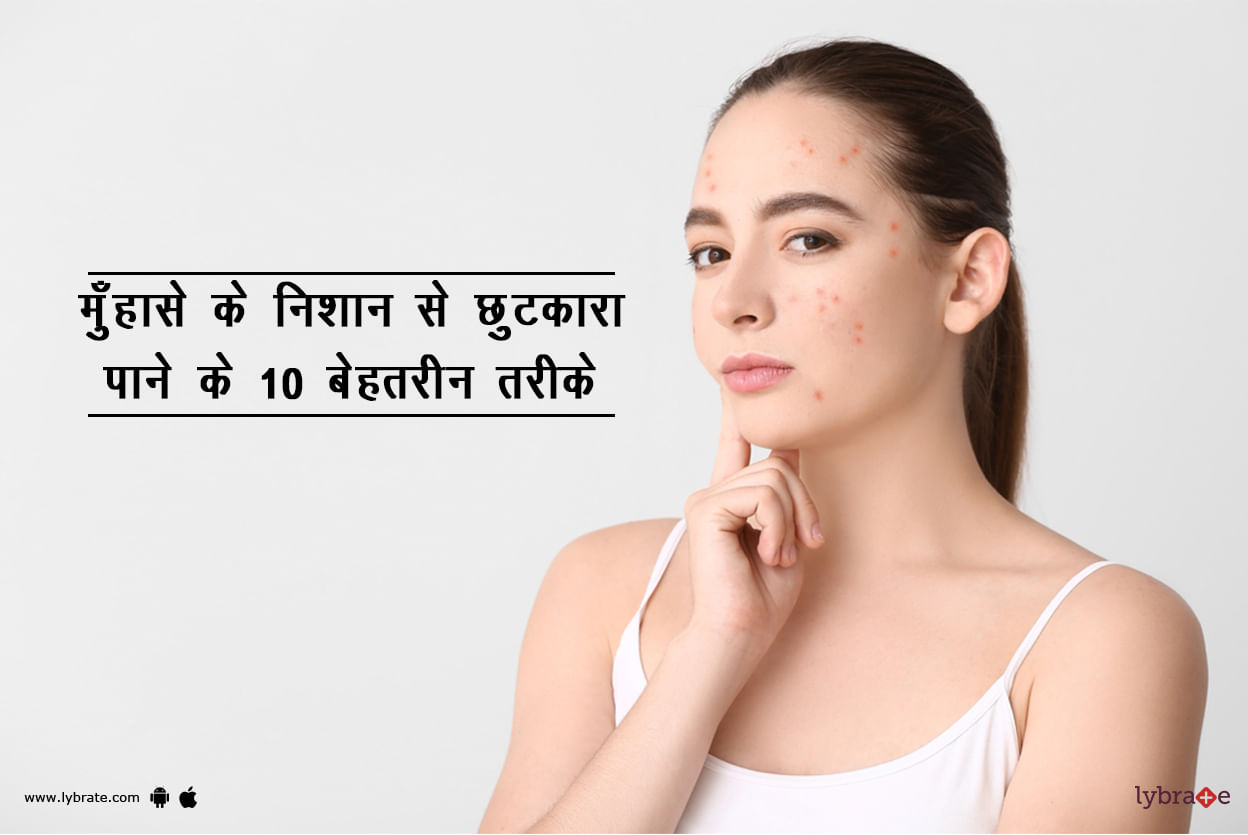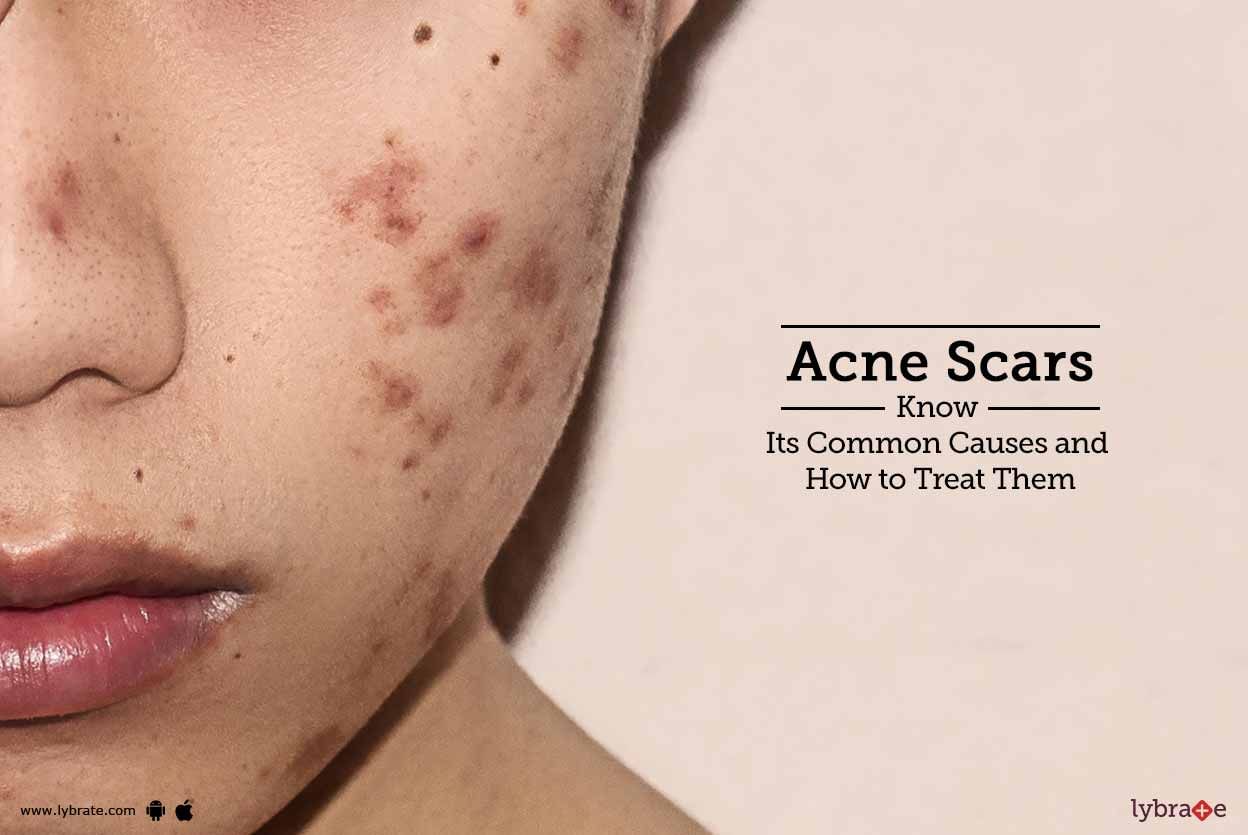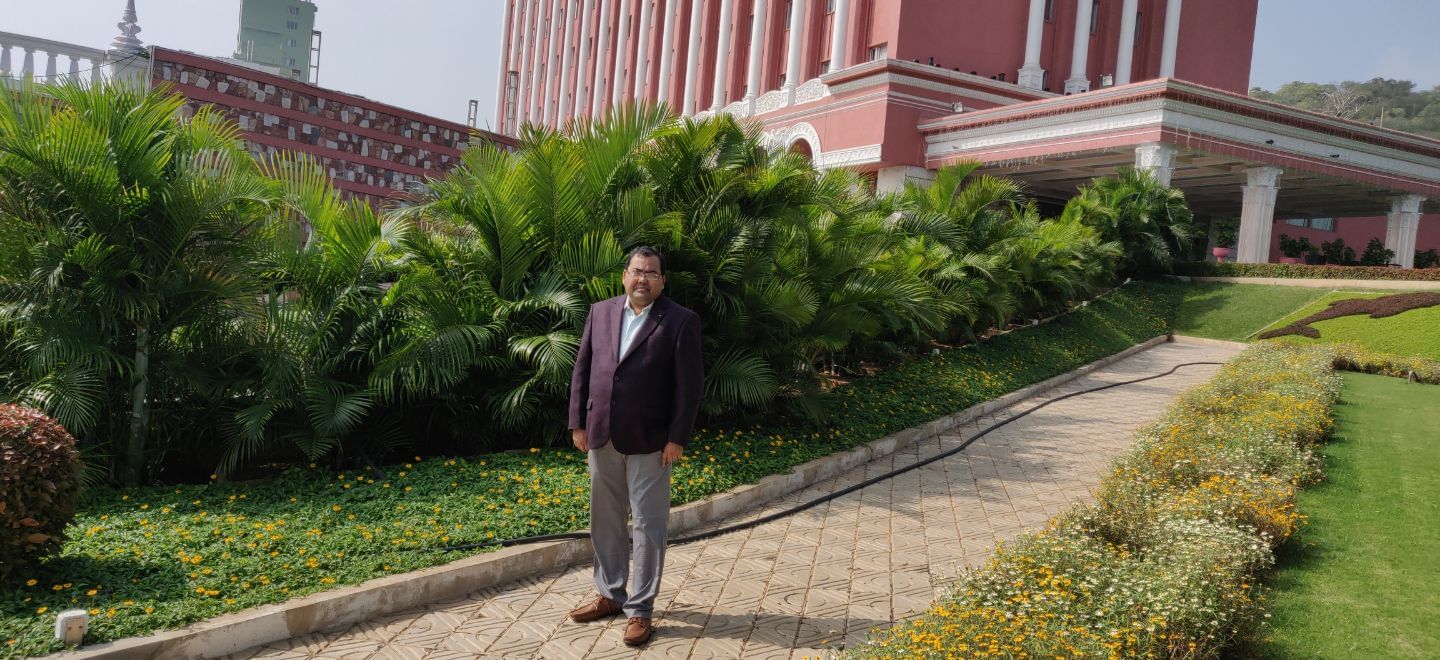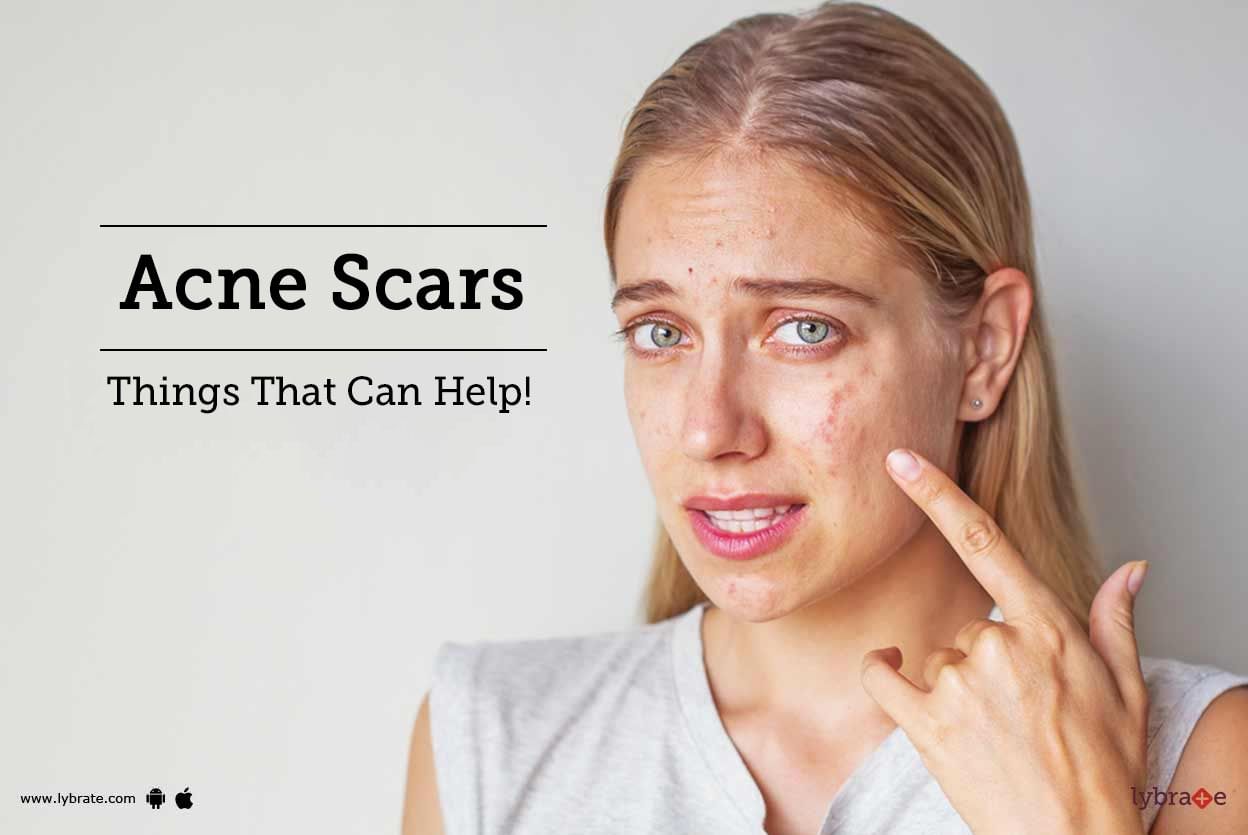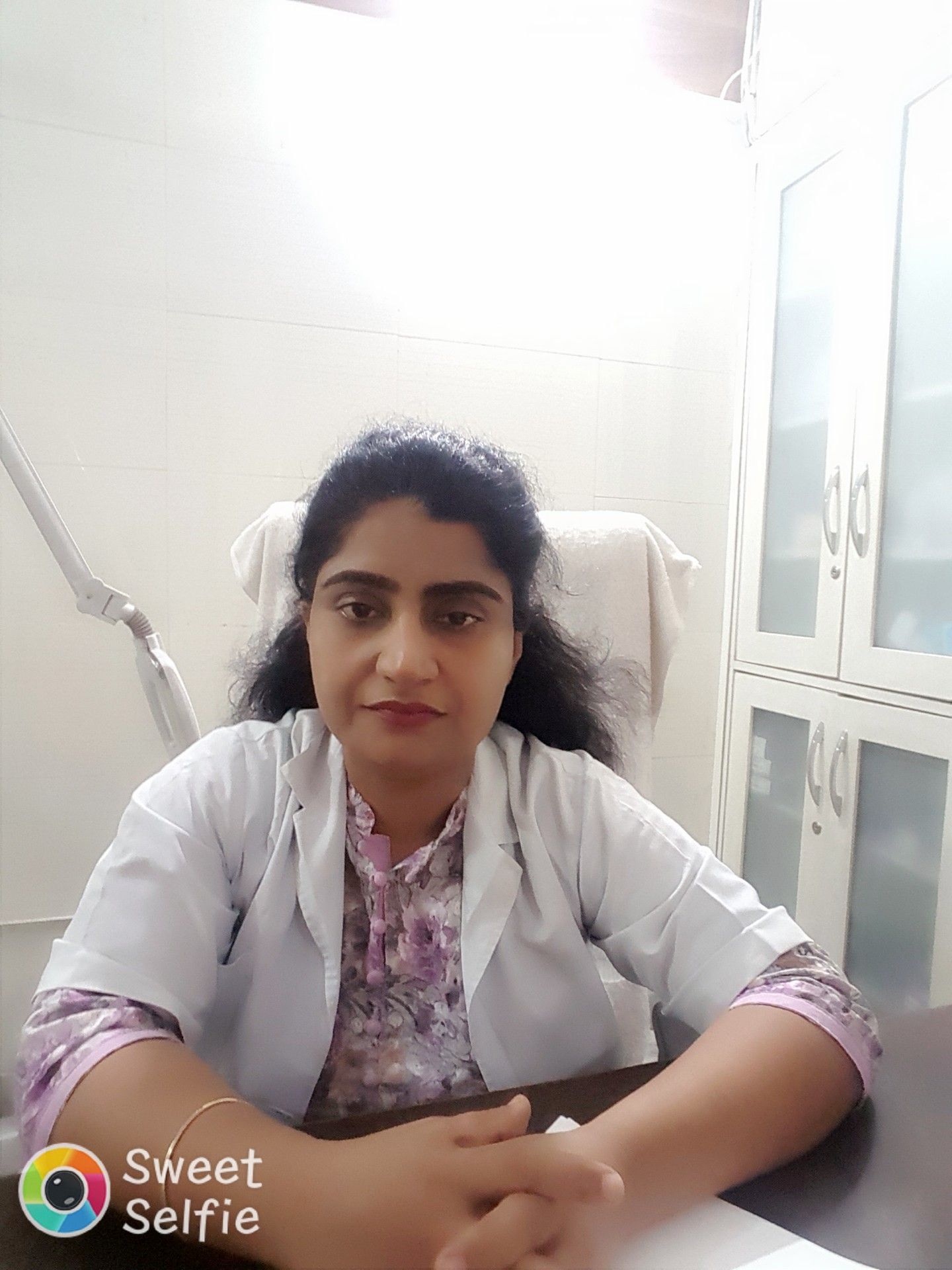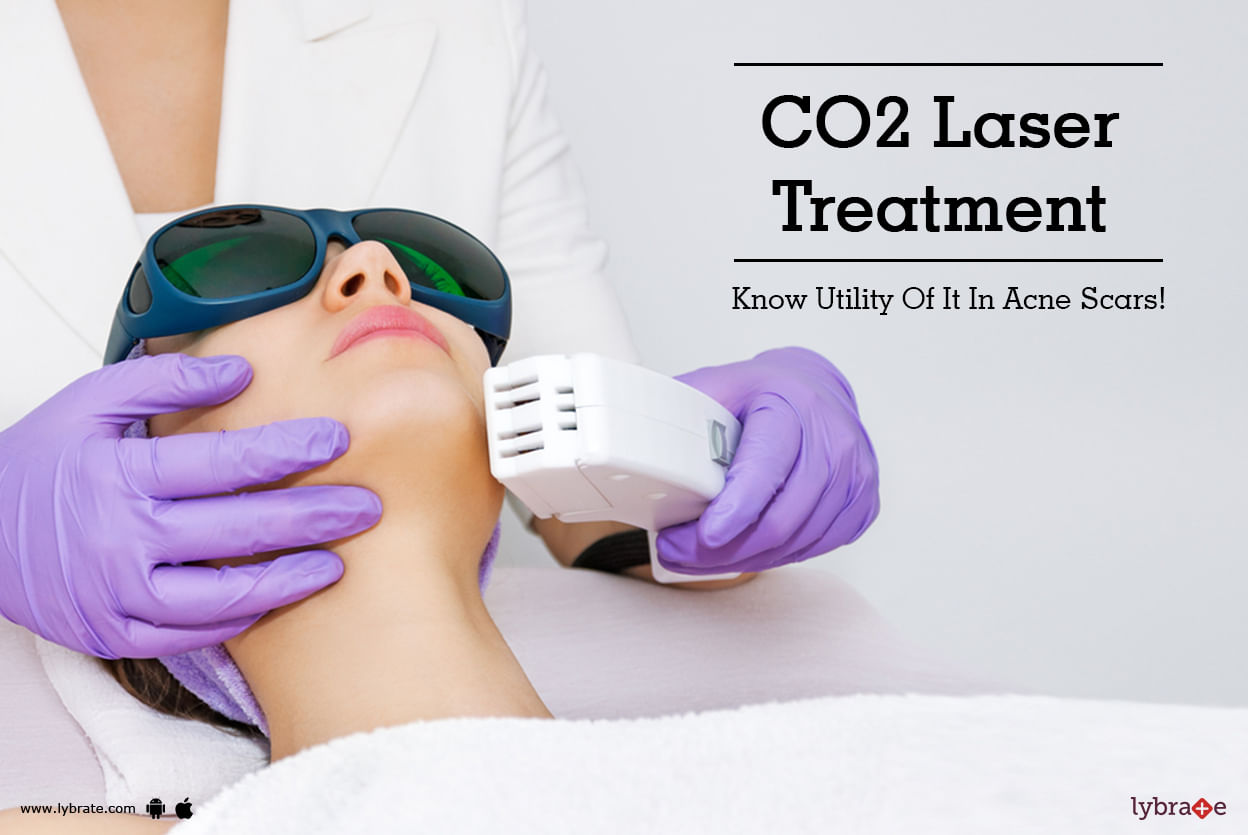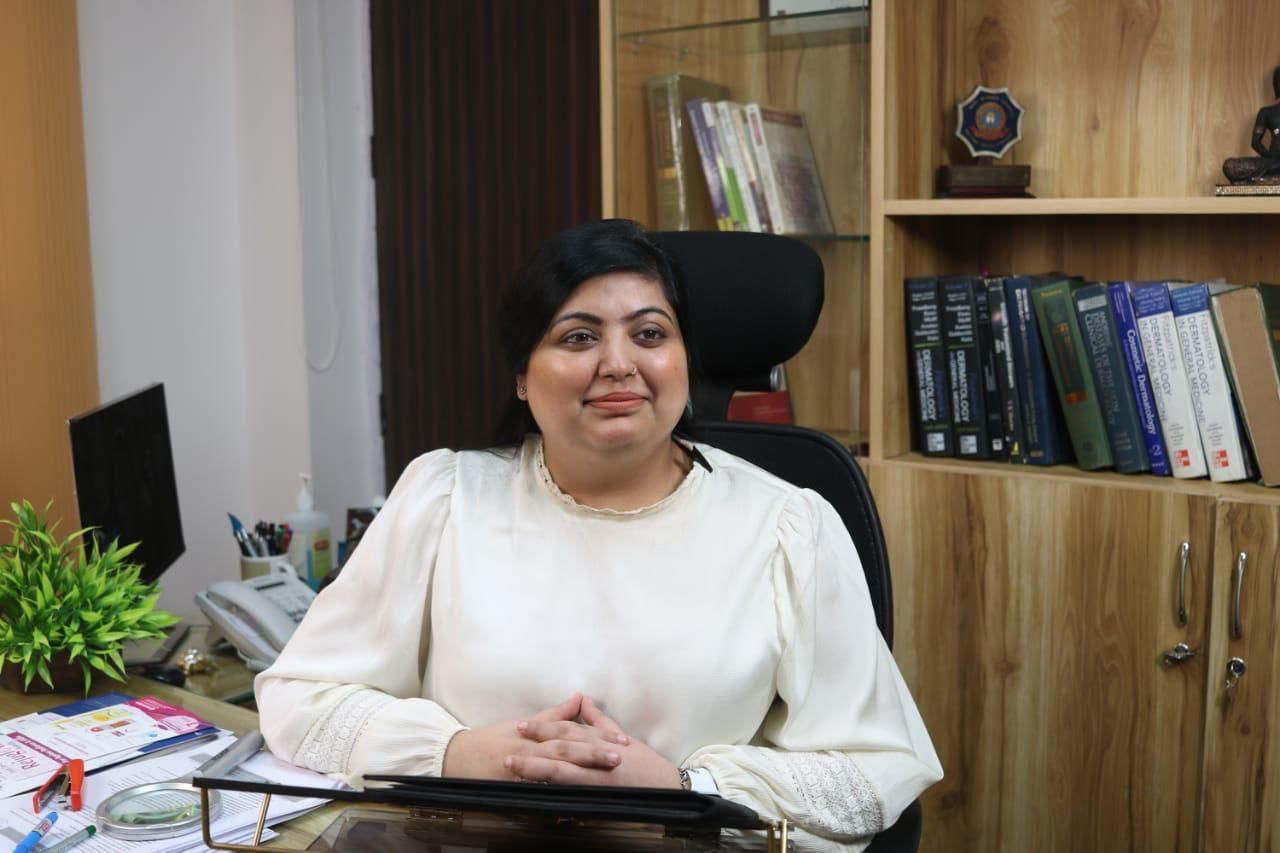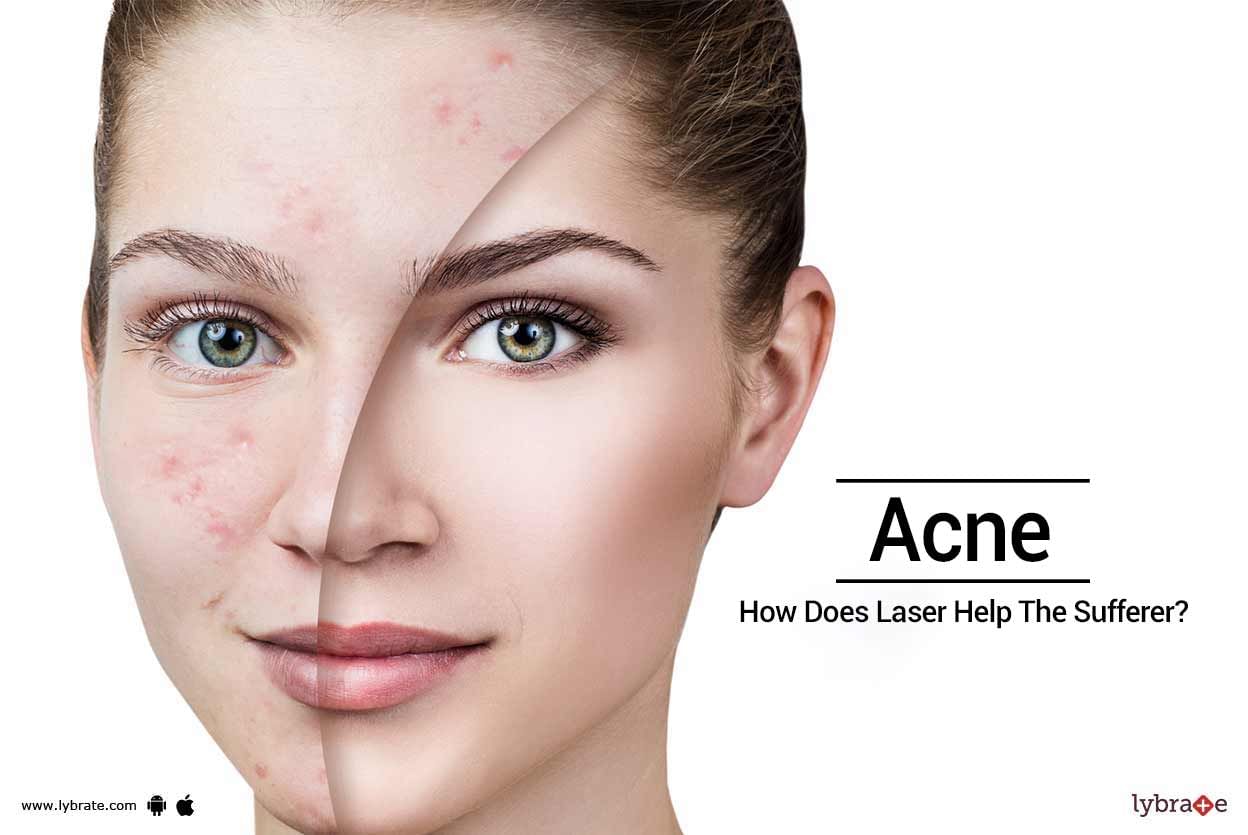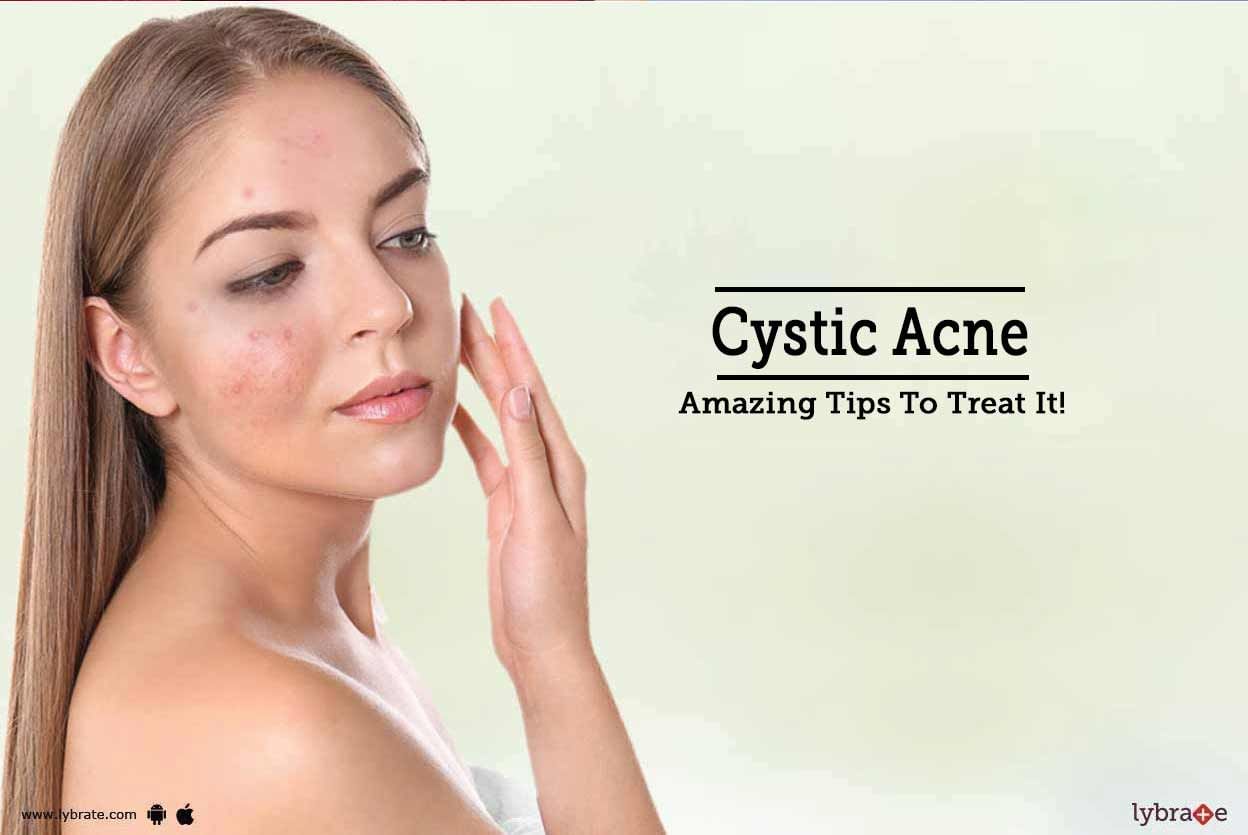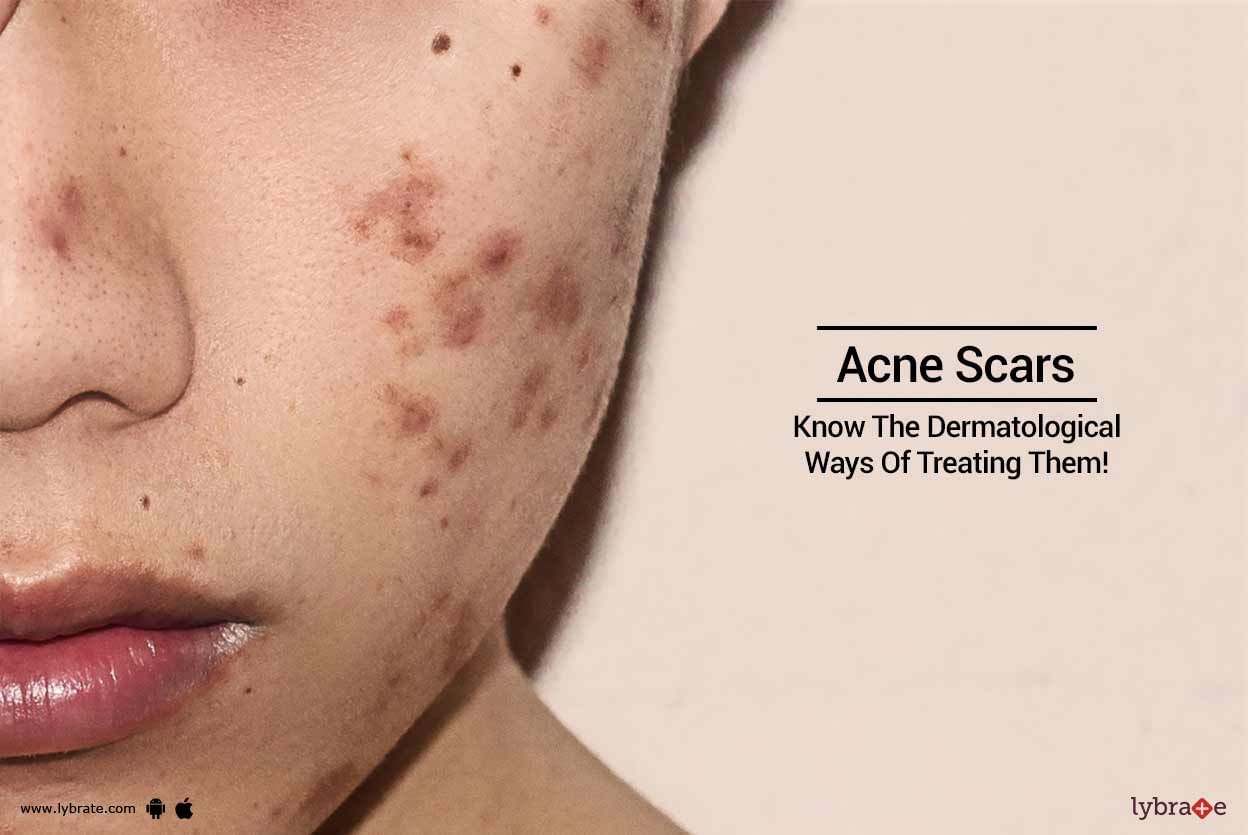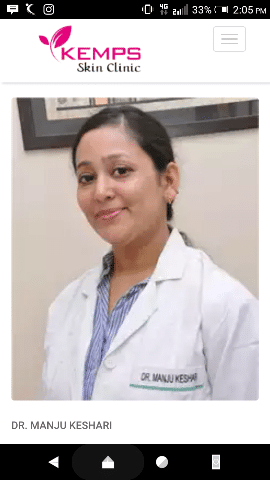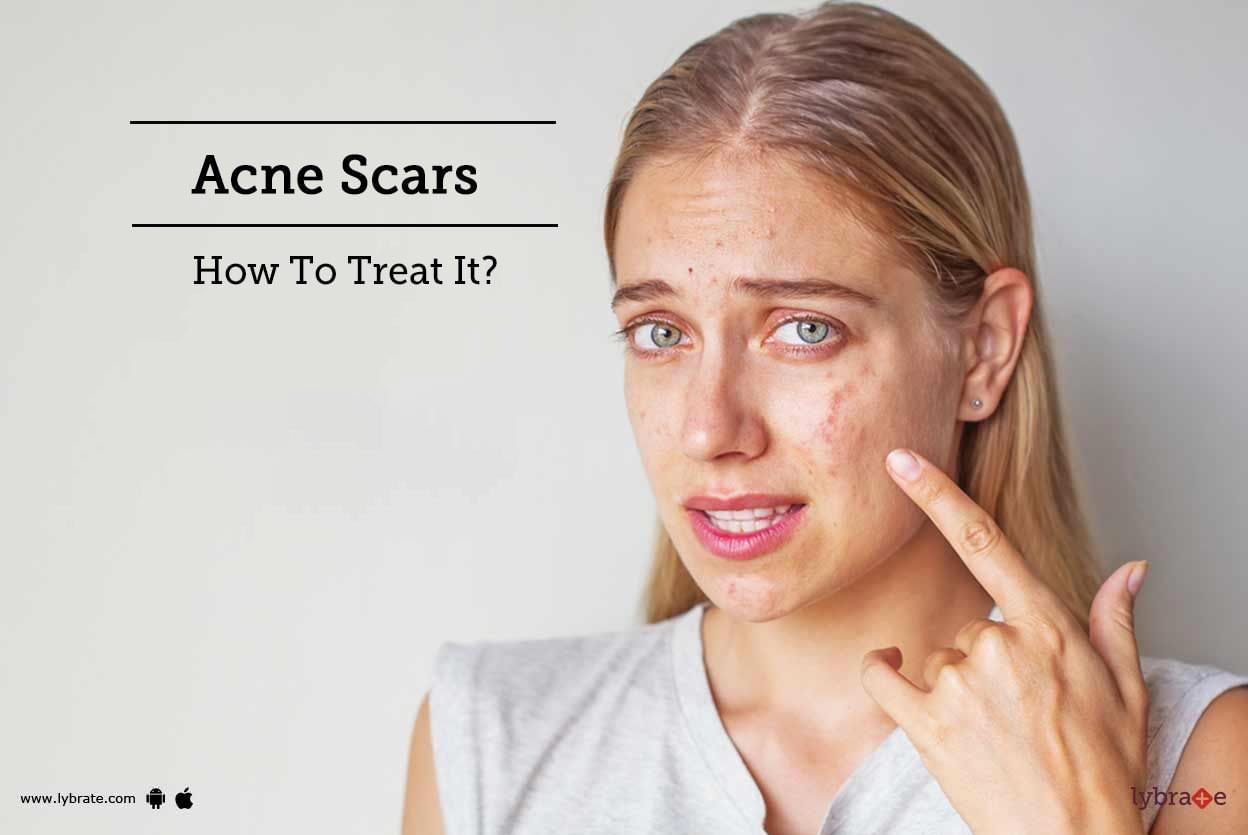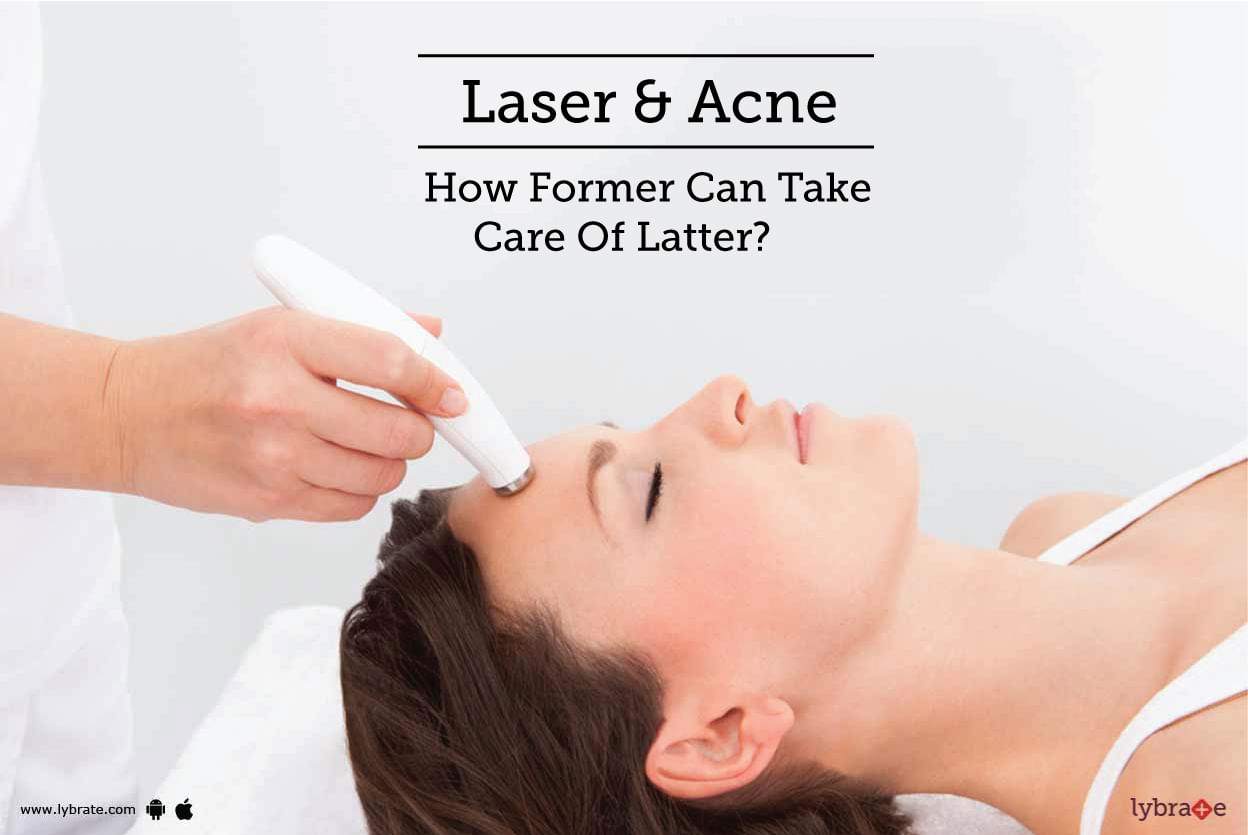Get the App
For Doctors
Login/Sign-up
About
Health Feed
Find Doctors
Health Packages
AllQ&AsTipsQuizzes
Acne Scars Tips
Last Updated: 3 years ago• Featured Tip
Share
Bookmark
Report
Dermatologist•
क्या आपका आत्मविश्वास चेहरे पर मौजूद मुंहासों के निशान के चलते कमज़ोर पड़ जाता है। क्या चेहरे पर पड़े मुंहासों के दाग आपकी सुंदरता को कम कर रहे हैं। अगर ऐसा है तो आपकी इस समस्या का समाधान आसान है। प्रकृति ने हमें बहुत सी ऐसी चीज़ों का वरदान दिया है जो हमारे स्वास्थ्य और हमारी सुंदरता दोनों को संवारती हैं।तो आपको इन दाग धब्बों से निपटने के लिए महंगी क्रीम और उत्पादों की ज़रूरत नहीं। घर बैठे आप आसानी से अपनी त्वचा को दाग रहित बना सकती हैं। तो आइए आपको बताते हैं कि किन प्राकृतिक चीज़ों का उपयोग कर ...more
Last Updated: 3 years ago• Featured Tip
Share
Bookmark
Report
टीनएज में शरीर में होने वाले कई बदलावों में से एक हैं मुंहासे। इस उम्र में हार्मोन्स की उथल पुथल के साथ ही चेहरे पर पड़ने वाले पिंपल्स और उनके निशान युवाओं के लिए चिंता का कारण बन जाते हैं।दरअसल तैलीय त्वचा होने पर एक्ने और पिंपल्स निकलते हैं। ज्यादातर मामलों में, आपकी त्वचा पर प्राकृतिक फोड़े के रूप में पिंपल्स और फुंसी के धब्बे दिखाई देते हैं। जब आपकी त्वचा की कोशिकाएं गंदगी, विषाक्त पदार्थ और तेल सीबम जमा करती हैं, तो इससे रोम छिद्र बंद हो जाते हैं। परिणामस्वरूप ये ब्रेकआउ...more
890 people found this helpful
Last Updated: 5 years ago• Featured Tip
Share
Bookmark
Report
Quite strikingly, acne can become a persistent cause of your worries, if left untreated. Acne not only harms you physically, but also damages your psychological health. Persistent acne can result in a pockmarked face, making you feel sullen and unsure of yourself. Acne refers to a condition where the skin perpetually develops stinging, red bumps. Red pimples might show on your face, shoulders, back or neck. The bumps usually take a lot of time to heal and they leave behind deep scars. And, in or...more
Last Updated: 5 years ago• Featured Tip
Share
Bookmark
Report
Dead cells shed from your skin regularly along with the oil secreted by the sebaceous glands may end up blocking the pores, thus causing inflammation. This inflammation which results in multiple pimples and zits are known as acne. When the acne heals, it can do irreparable damage by leaving behind scar tissue which results in acne scars. These scars are unsightly and may cause social anxiety as well as cause issues with self-esteem.
Some of the ways to get rid of ace scars have been men...more
Some of the ways to get rid of ace scars have been men...more
Last Updated: 5 years ago• Featured Tip
Share
Bookmark
Report
People suffering from acne scars go through mental pressure as well as emotional problems. Studies have shown that people suffering from acne scars are more likely to suffer from anxiety, depression, low self-esteem, and low confidence. Typical causes of acne include bacteria, excess oil, and clogged hair follicles. The acne can get more severe due to some medications, stress, or diet.
Severe acne may be treated with proper medications but it leaves behind scars. These scars can be trea...more
Severe acne may be treated with proper medications but it leaves behind scars. These scars can be trea...more
Last Updated: 5 years ago• Featured Tip
Share
Bookmark
Report
Human skin is prone to many problems like pimples, pigmentation, wrinkles and acne. Acne is the bane of an adolescent s life. Yet it happens due to a common problem. Hair follicles on skin, arms and the torso, sometimes overproduce cells and become blocked. Due to this blockage, oil produced by tiny oil glands in the skin gets trapped and becomes a breeding ground for bacteria, giving rise to acne.
There are two main types of acne - non-inflammatory and inflammatory. Examples of non-inf...more
There are two main types of acne - non-inflammatory and inflammatory. Examples of non-inf...more
Last Updated: 5 years ago• Featured Tip
Share
Bookmark
Report
PG- Fellowship in Homeopathic Dermatolog...read more
Homeopathy Doctor•Hyderabad
Cystic acne is a serious form of acne, which is characterized by deep, inflamed acne breakout. Red cysts are developed under the surface of the skin, which cause great pain. Cystic acnes are not only painful, but also affect your appearance and self-confidence.
Hence, effective steps should be taken to get rid of them. Here are 6 effective remedies to treat cystic acne.
Do not pop: Avoid popping the acne which appears on your skin. Cystic acnes should never be popped because of...more
Hence, effective steps should be taken to get rid of them. Here are 6 effective remedies to treat cystic acne.
Do not pop: Avoid popping the acne which appears on your skin. Cystic acnes should never be popped because of...more
Last Updated: 5 years ago• Featured Tip
Share
Bookmark
Report
Acne scars are caused when a pimple or cyst is popped and broken leaving a layer of damaged skin behind. These scars are caused by the excess oil, dead skin, and bacteria blocking the skin pores causing it to swell.
Acne scars can be categorized into three types:
Ice Pick scars which are small but have deep pits.
Boxcar scars have sharp edges, these can be shallow or deep
Rolling scar have a wavy look as they are wide and shallow. This type of scarring is usually caused...more
Acne scars can be categorized into three types:
Ice Pick scars which are small but have deep pits.
Boxcar scars have sharp edges, these can be shallow or deep
Rolling scar have a wavy look as they are wide and shallow. This type of scarring is usually caused...more
Last Updated: 5 years ago• Featured Tip
Share
Bookmark
Report
Dead cells shed from your skin regularly along with the oil secreted by the sebaceous glands may end up blocking the pores, thus causing inflammation. This inflammation which results in multiple pimples and zits are known as acne. When the acne heals, it can do irreparable damage by leaving behind scar tissue which results in acne scars. These scars are unsightly and may cause social anxiety as well as cause issues with self-esteem.
Some of the ways to get rid of ace scars have been men...more
Some of the ways to get rid of ace scars have been men...more
Last Updated: 6 years ago• Featured Tip
Share
Bookmark
Report
The skin is the most visible part of the human body, and acne is one of the most common skin problems. In addition to being a cosmetic issue, it also dampens a person s image and confidence levels. The issue is more complicated given the age group it affects teenagers and young adolescents who are always keen on looking their best.
During the pustular stage, there is a lot of itching, burning, and pain. As they dry and fall off, there are marks which sometimes take forever to disappea...more
During the pustular stage, there is a lot of itching, burning, and pain. As they dry and fall off, there are marks which sometimes take forever to disappea...more
Book appointment with top doctors for Acne Scars treatment
View fees, clinic timings and reviews
Ask a free question
Get FREE multiple opinions from Doctors
posted anonymously

